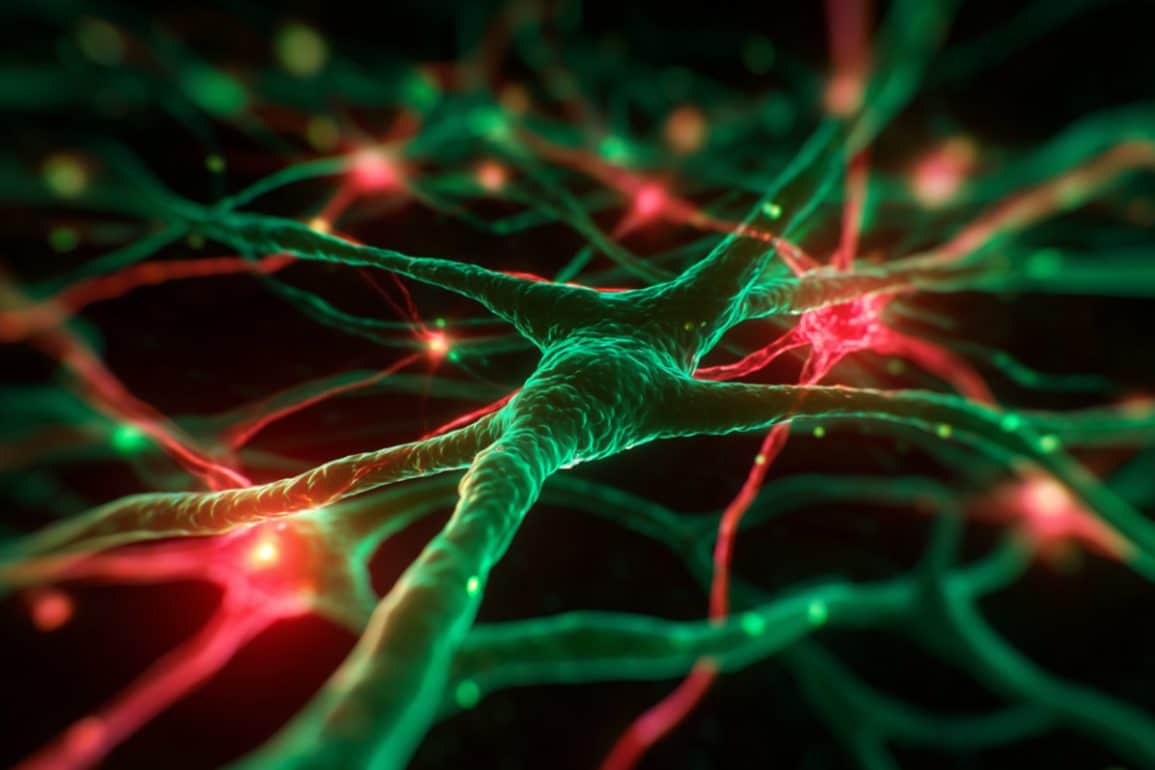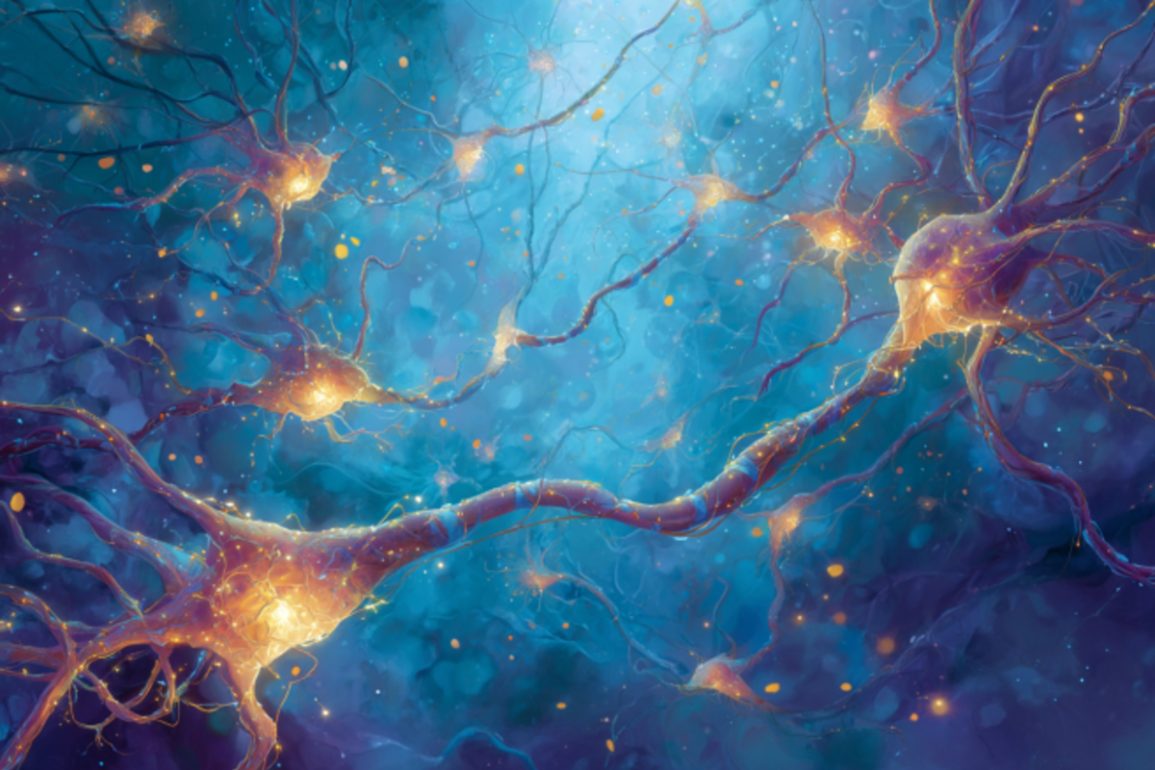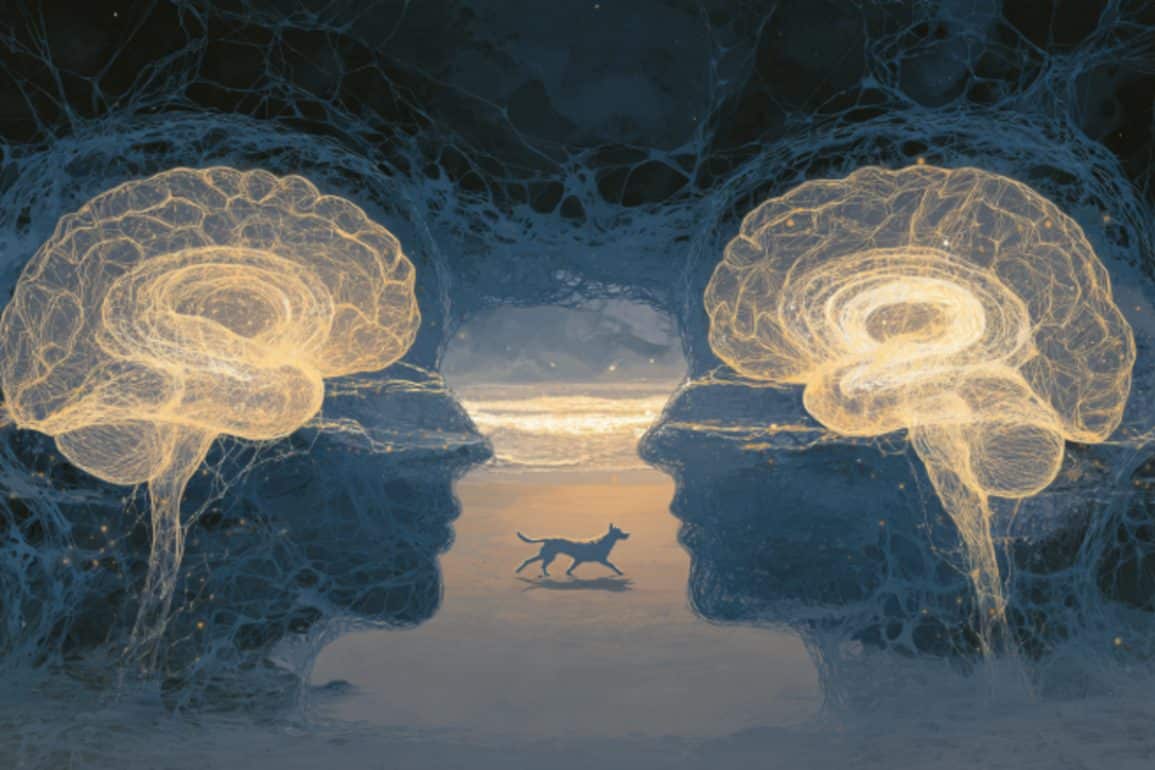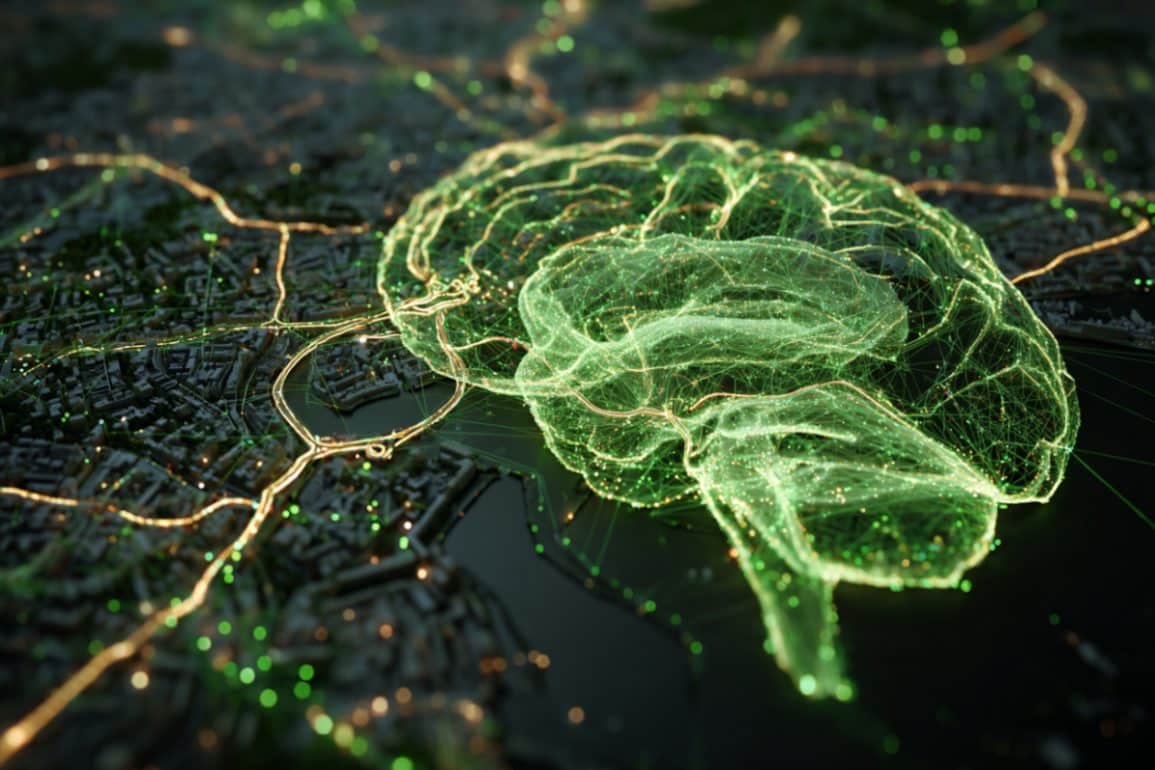Category: Neuroscience
How Synapses Grow Up
 A new study reveals how young synapses gradually mature to send chemical signals correctly — a process that can take days and depends on neural activity. Researchers tracked this in fruit flies by tagging newly formed synapses with fluorescent markers that changed color over time, allowing them to observe how proteins assemble to enable neurotransmitter release.
A new study reveals how young synapses gradually mature to send chemical signals correctly — a process that can take days and depends on neural activity. Researchers tracked this in fruit flies by tagging newly formed synapses with fluorescent markers that changed color over time, allowing them to observe how proteins assemble to enable neurotransmitter release.
Astrocytes Hold the Key to Emotional Memory
 New research reveals that astrocytes — not neurons — are responsible for stabilizing emotional memories by re-engaging during recall. After an emotionally intense event, such as fear, specific astrocytes become biologically tagged with adrenoreceptors, making them responsive when the memory is later reactivated.
New research reveals that astrocytes — not neurons — are responsible for stabilizing emotional memories by re-engaging during recall. After an emotionally intense event, such as fear, specific astrocytes become biologically tagged with adrenoreceptors, making them responsive when the memory is later reactivated.
Why Your Brain and Mine Agree on What We See
 A new study reveals how uniquely wired human brains can perceive the world in strikingly similar ways. Researchers recorded live neural activity in epilepsy patients and found that while each person’s neurons respond differently to the same image, the relationships between those neural responses remain consistent across individuals.
A new study reveals how uniquely wired human brains can perceive the world in strikingly similar ways. Researchers recorded live neural activity in epilepsy patients and found that while each person’s neurons respond differently to the same image, the relationships between those neural responses remain consistent across individuals.
Where You Live Could Shape Brain and Dementia Risk
 New research shows that neighborhood conditions — from pollution and housing to economic opportunity — may directly affect brain health and dementia risk. Analyzing brain scans and biomarkers from 679 adults, scientists found that people living in areas with higher social and environmental disadvantages showed signs of reduced brain thickness, altered blood flow, and white matter changes.
New research shows that neighborhood conditions — from pollution and housing to economic opportunity — may directly affect brain health and dementia risk. Analyzing brain scans and biomarkers from 679 adults, scientists found that people living in areas with higher social and environmental disadvantages showed signs of reduced brain thickness, altered blood flow, and white matter changes.


































